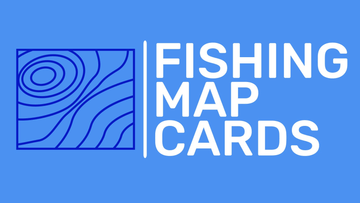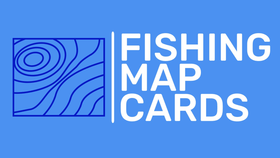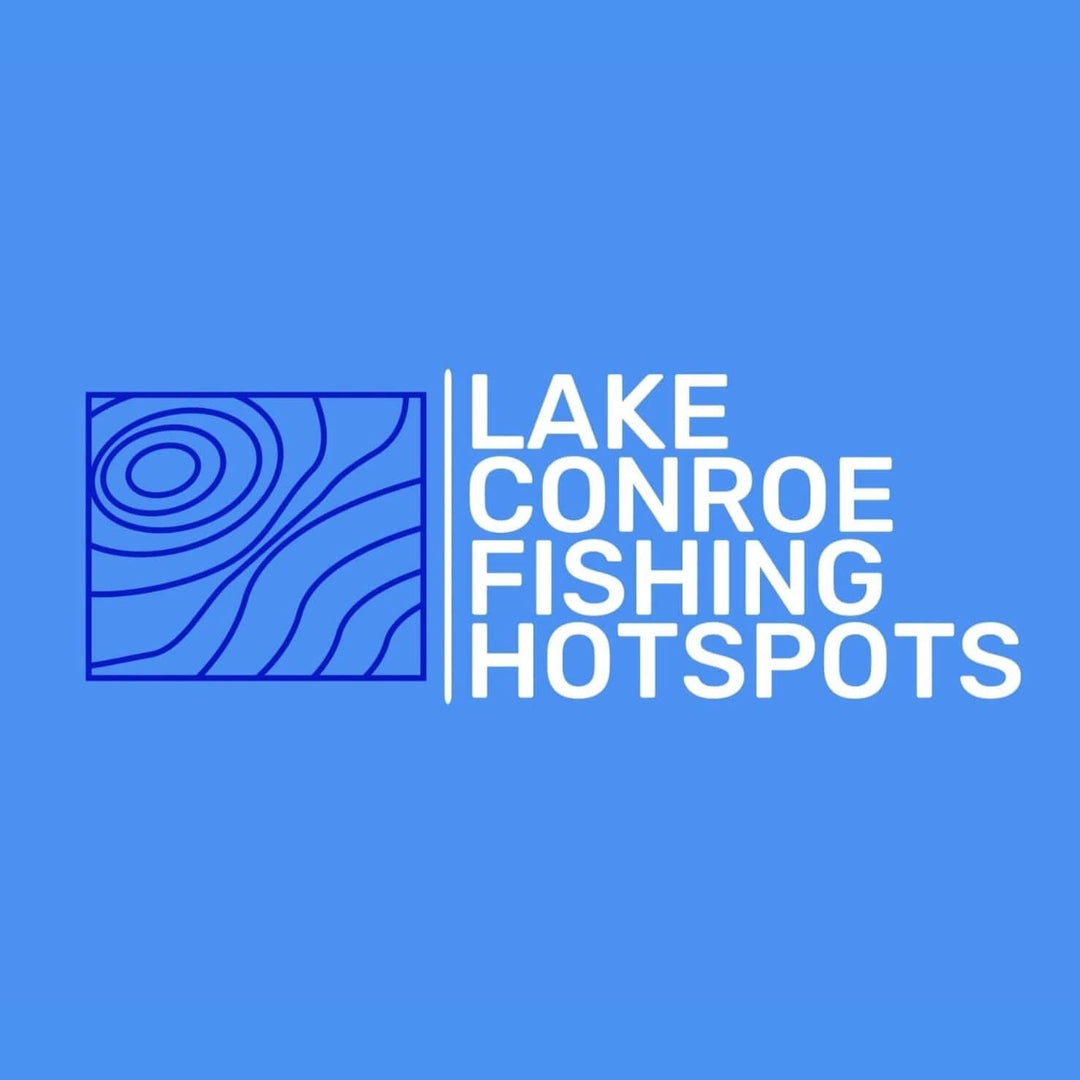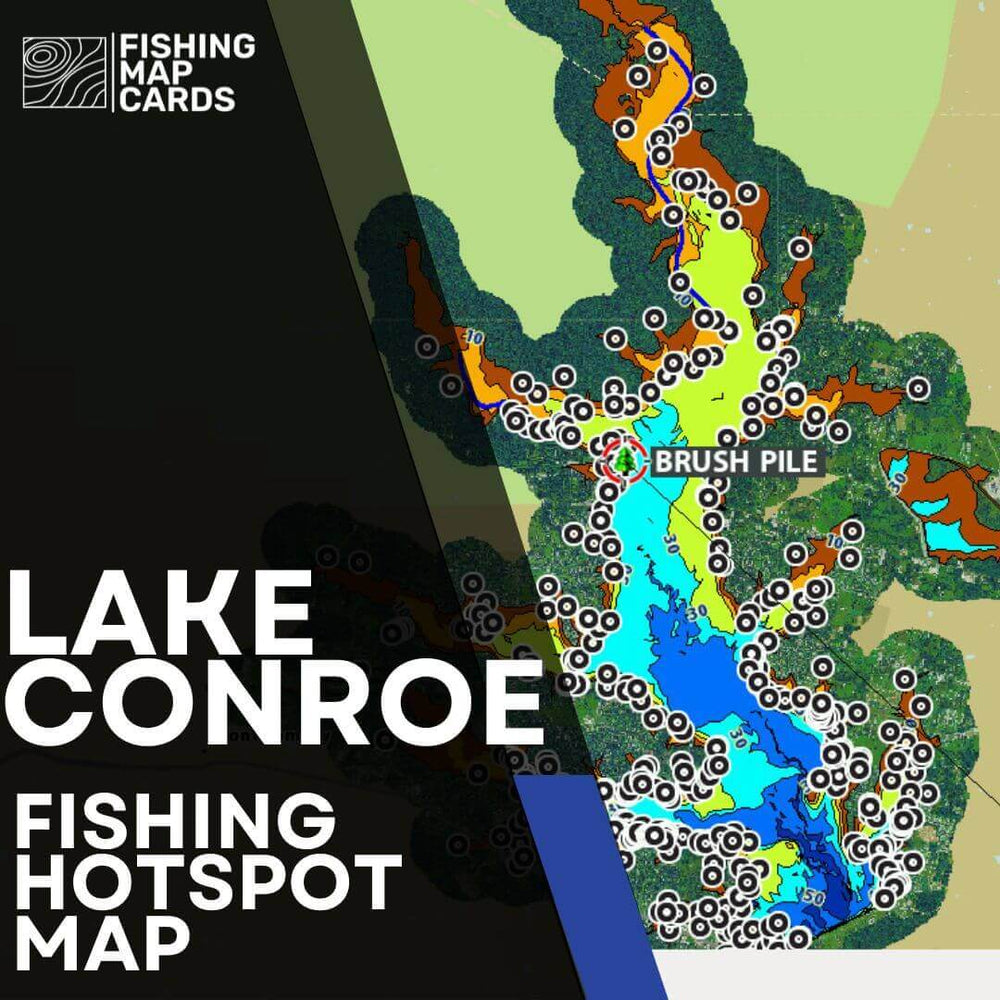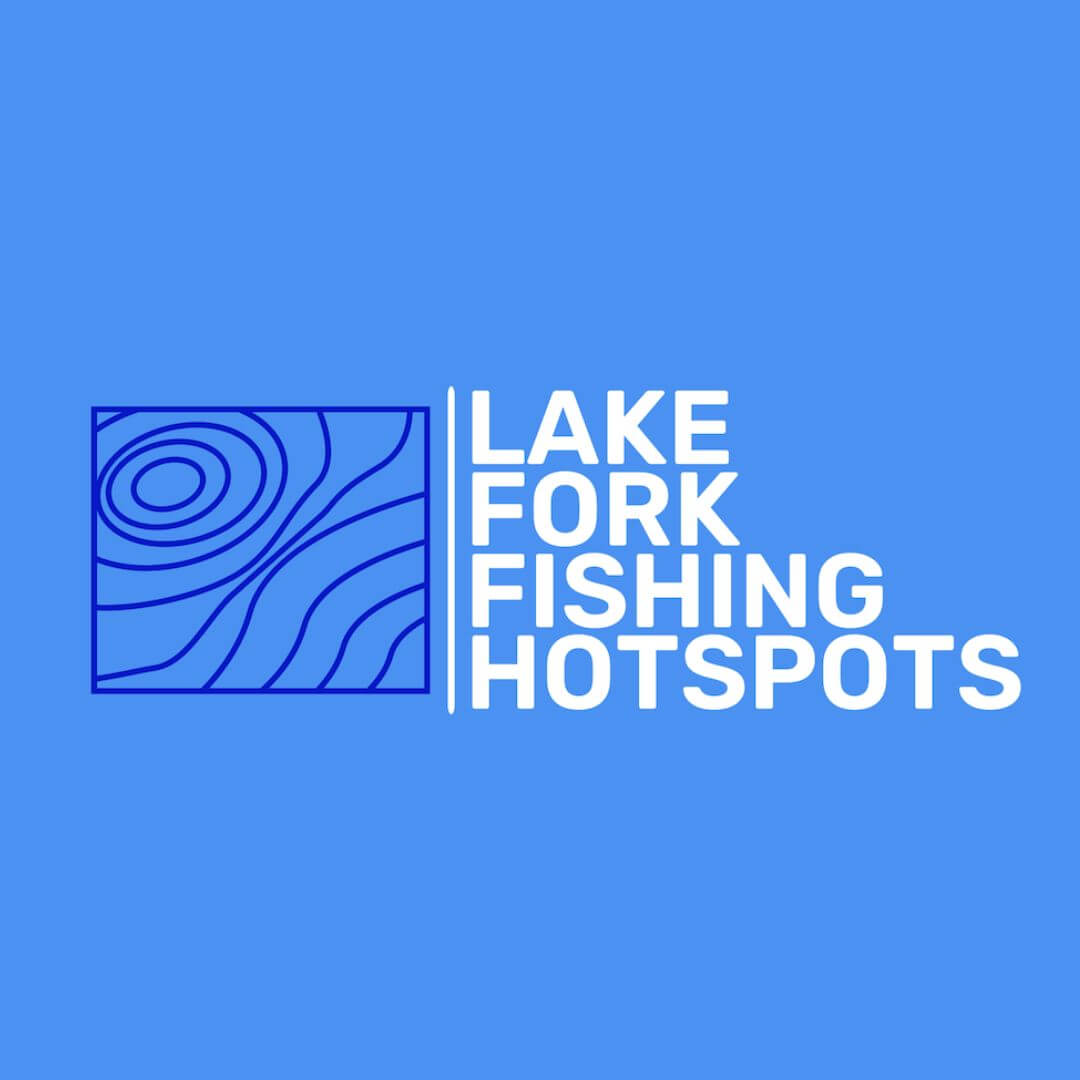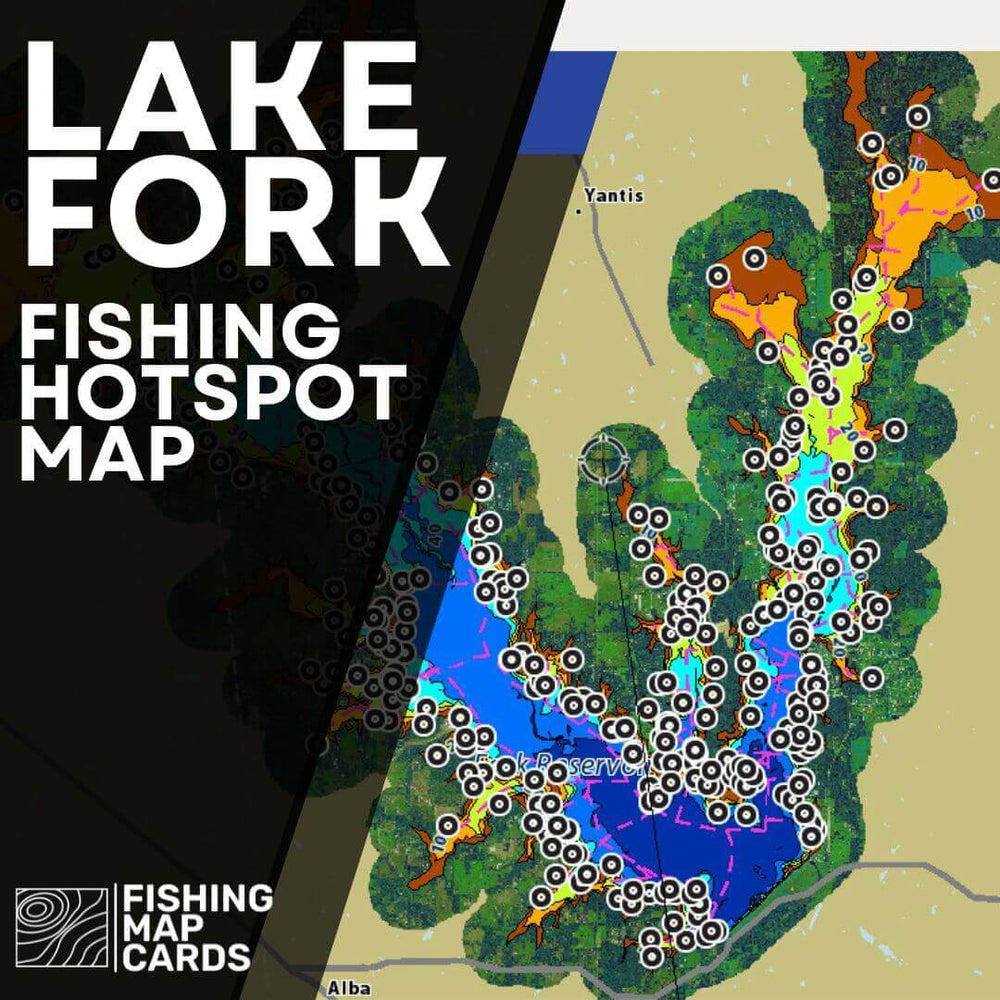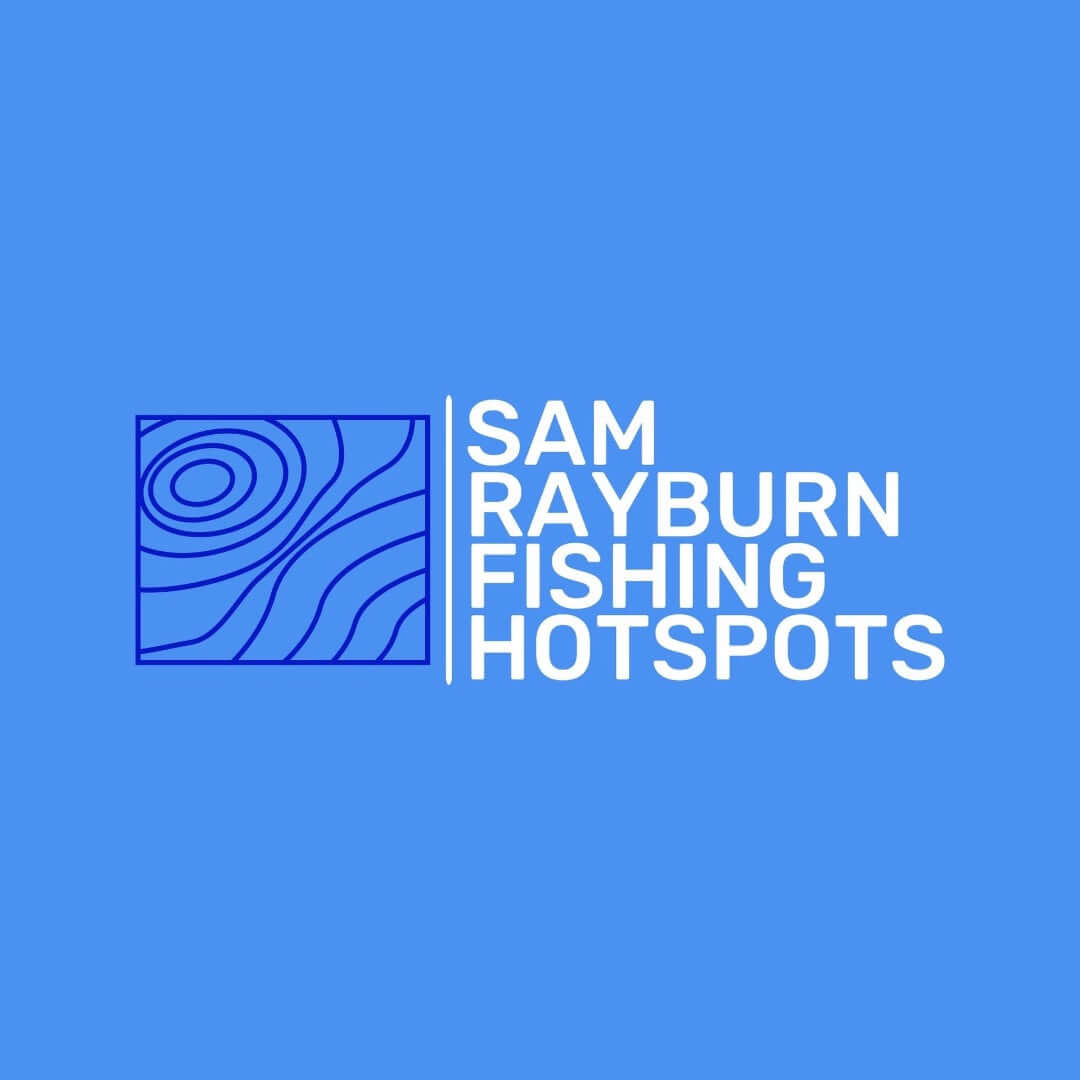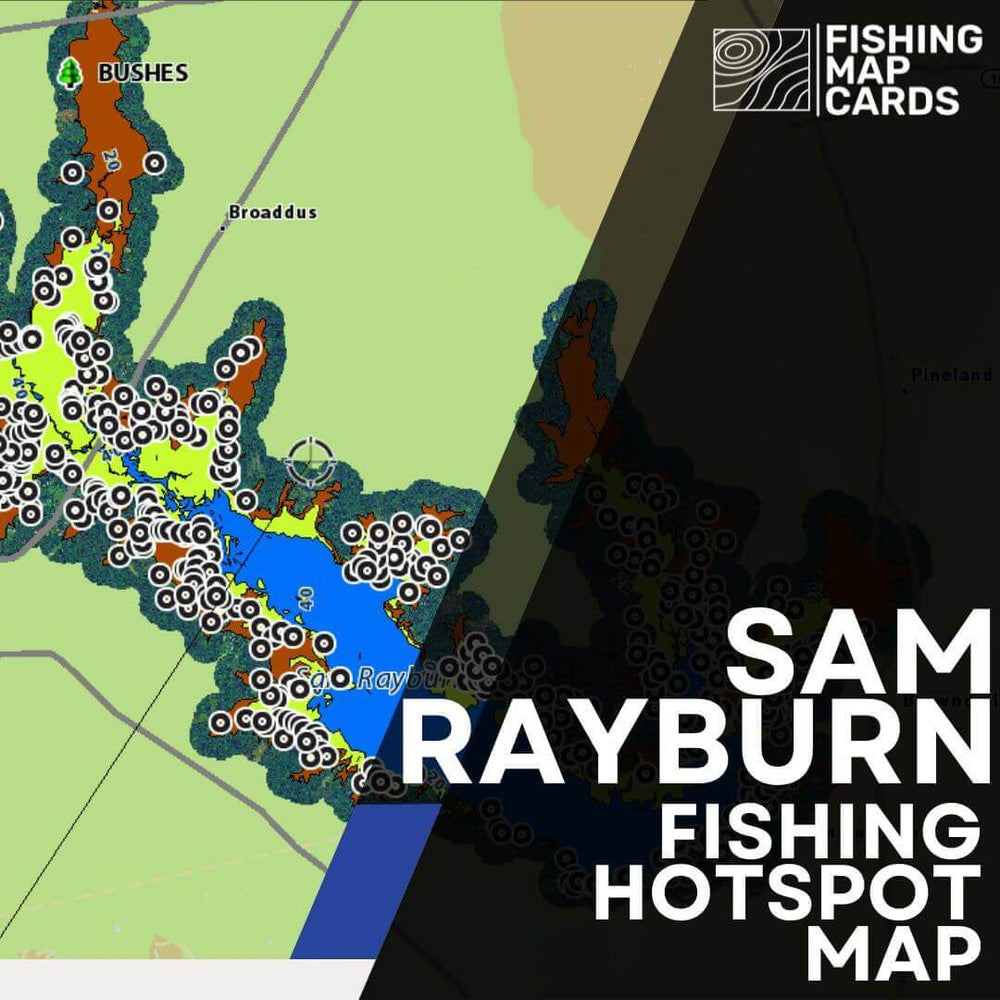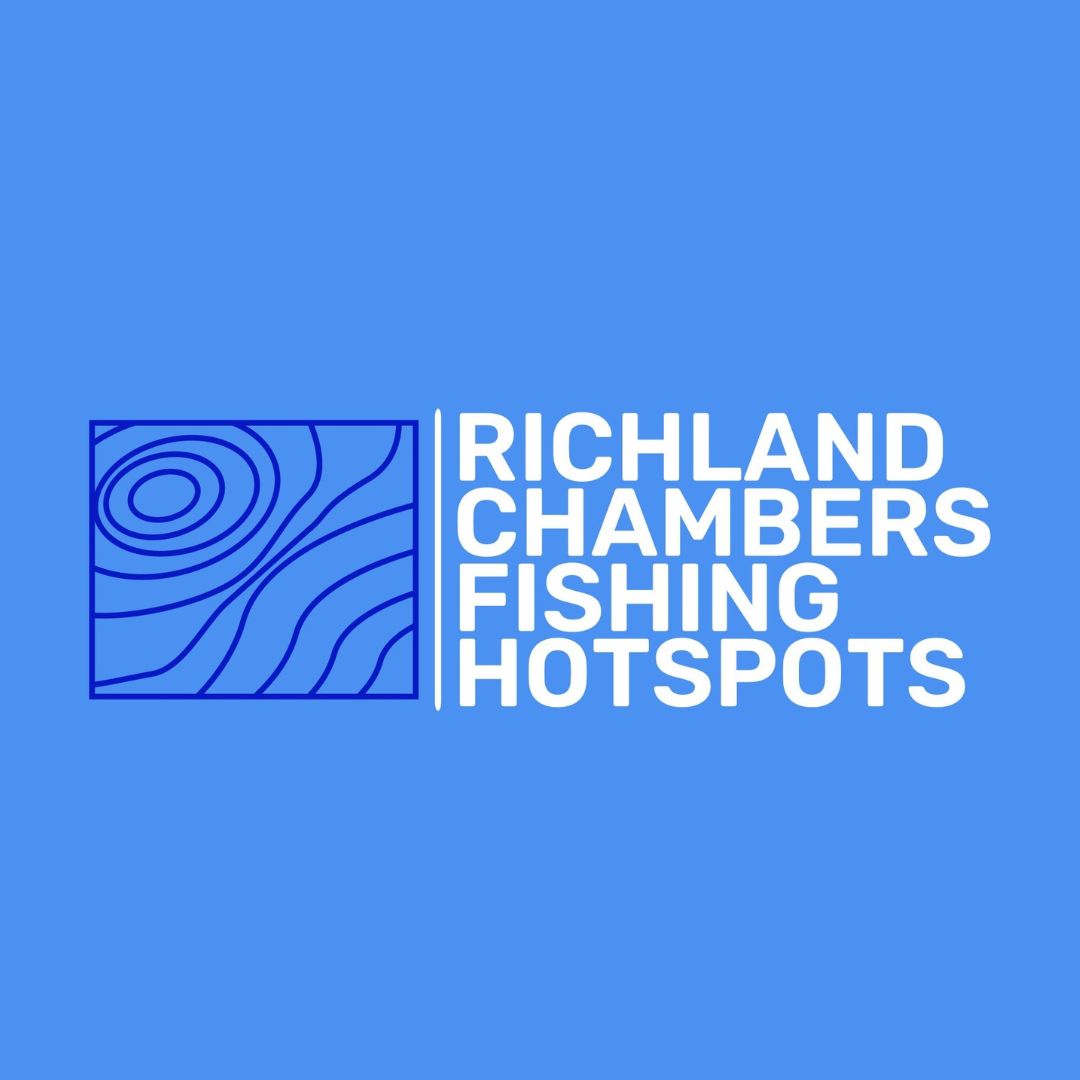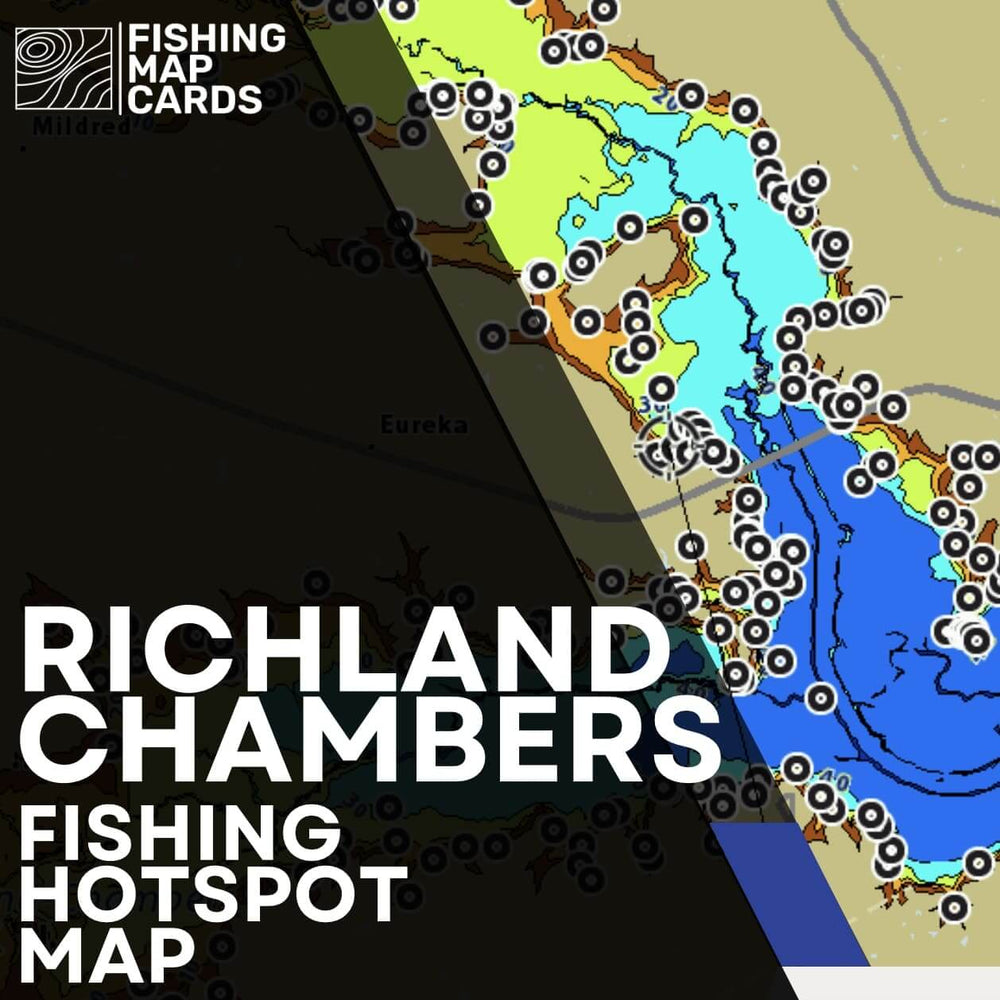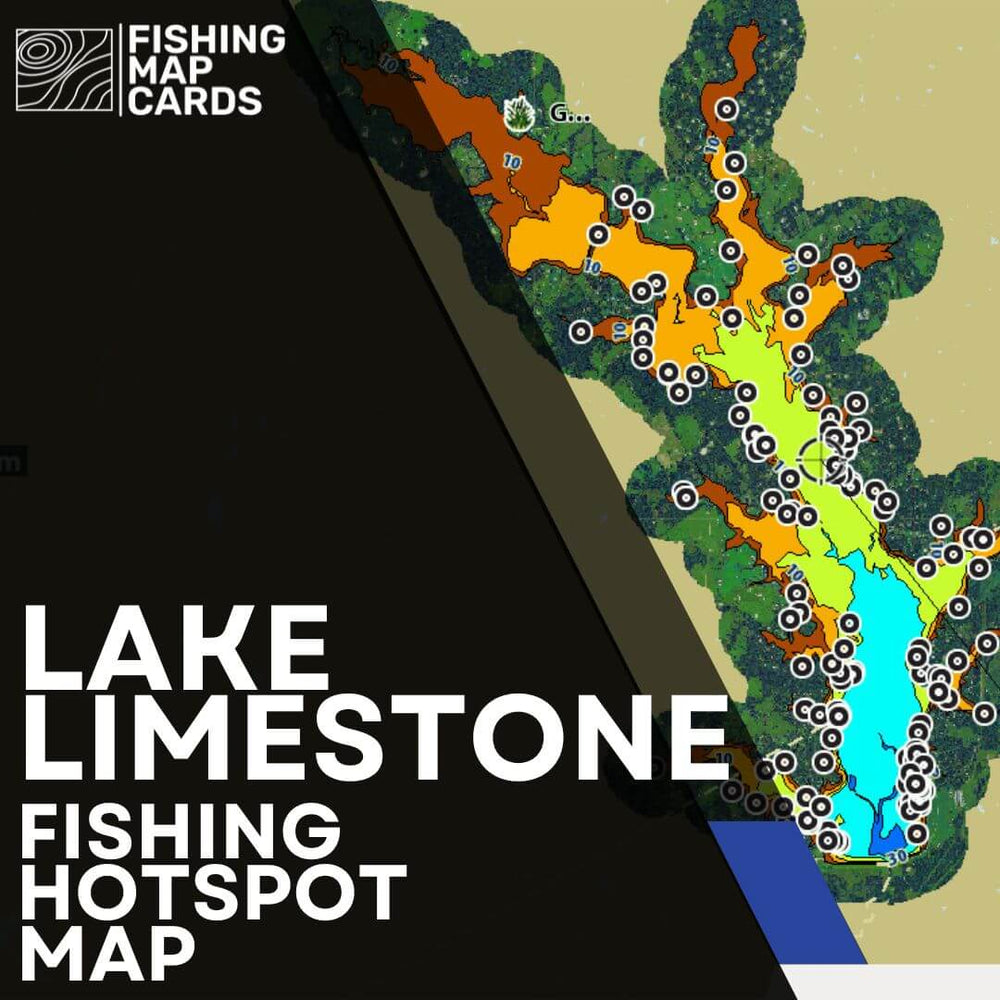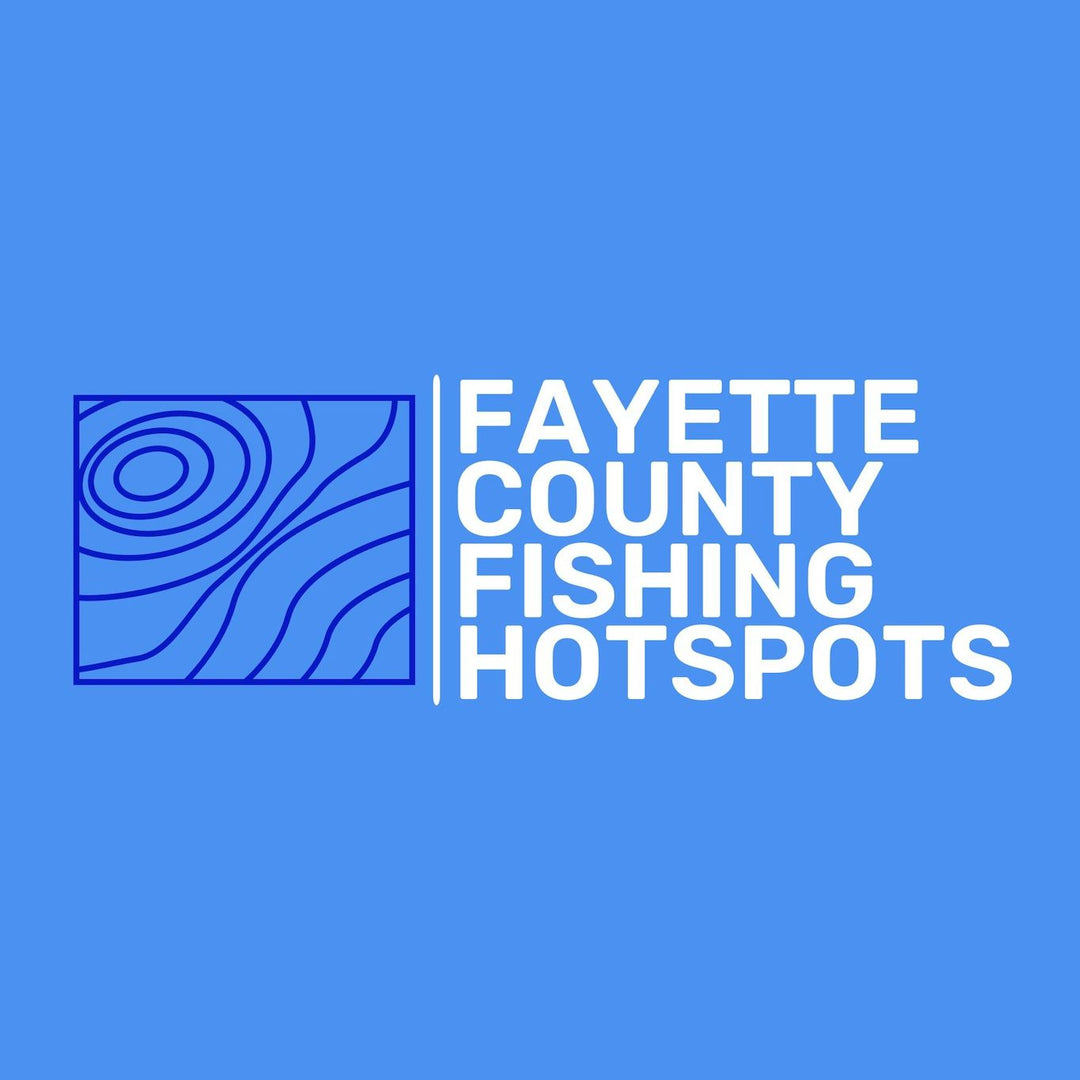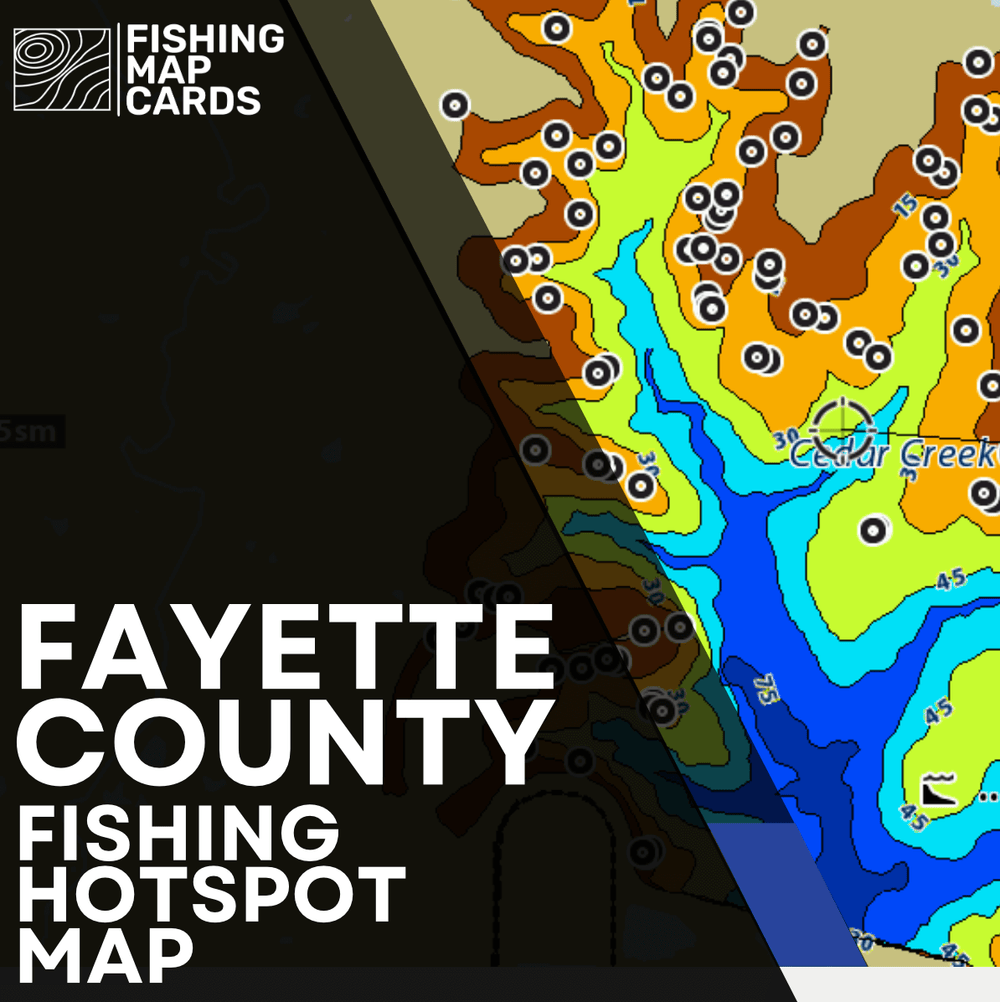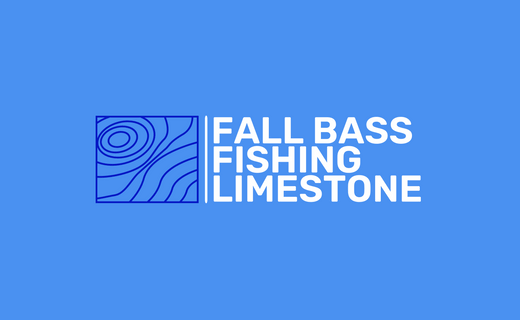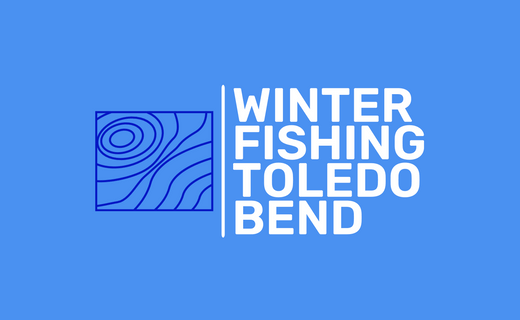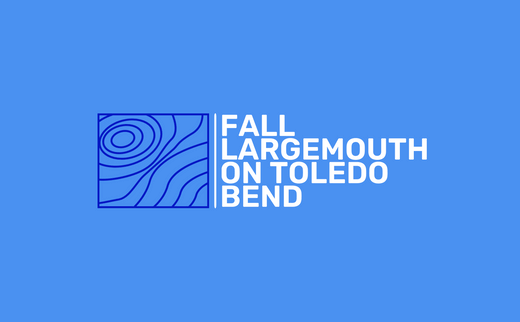How to Read Structure at Toledo Bend for Better Fishing Results
Toledo Bend is widely known as one of the best bass fishing lakes in the country, and much of its success lies in the lake's underwater structure. Knowing how to read this structure can transform an average fishing day into one for the record books. Whether you're a seasoned angler or just starting out, understanding how to fish structure at Toledo Bend is a skill that will greatly increase your chances of landing big bass.
In this guide, we'll walk you through the key types of underwater structures found at Toledo Bend and provide tips on how to read them to maximize your fishing success.
Why Structure Matters for Bass Fishing
Bass are ambush predators, meaning they use underwater structures like ledges, humps, and vegetation to hide and wait for prey. These structures create natural highways for baitfish, which in turn attract bass. By understanding where and how these structures exist in Toledo Bend, you'll know where to cast your line to increase your chances of success.
At Toledo Bend, the lake’s diverse structure offers endless opportunities to find productive fishing spots. Here's how to decode that structure.
1. Points
What to Look For:
Points are areas where the shoreline juts out into the water, often extending underwater. Bass use these points as ambush spots, especially when they are near deep water.
How to Fish Them:
Look for points that drop off into deeper water quickly. Cast along the edges of the point, working your bait slowly from the shallow end to deeper areas. During the summer and early fall, bass tend to hold in deeper water, so focusing on points with steep drop-offs is key.
2. Humps
What to Look For:
Humps are underwater mounds that rise up from the lake bed. They may not be visible from the surface, but they create an ideal place for bass to ambush prey.
How to Fish Them:
Find humps that are surrounded by deeper water, as they often attract schools of baitfish. Using crankbaits or jigs to work around the edges and over the top of the hump can help trigger strikes from bass hiding along its slopes. Electronics like fishfinders can help you locate humps that may be out of sight.
3. Creek Channels
What to Look For:
Creek channels are the submerged pathways where creeks or rivers once flowed before the lake was formed. These channels often provide depth changes that bass use as travel routes.
How to Fish Them:
Bass tend to use creek channels as migration routes during seasonal transitions. Focus on the bends in these channels, as bass will stack up along the outside edges. A Texas-rigged worm or deep-diving crankbait can be ideal for targeting these areas. Having a map that shows these old creek beds is especially helpful for finding productive spots.
4. Ledges
What to Look For:
Ledges are sharp drop-offs where the bottom of the lake quickly transitions from shallow to deep. Bass love to hang out along these ledges, especially during hot summer days when they seek deeper, cooler water.
How to Fish Them:
Cast parallel to the ledge, working your bait along the drop-off. Carolina rigs, jigs, and drop shots are great for slowly working the bottom near ledges. These are some of the most productive areas on Toledo Bend, especially during mid-summer when bass move into deeper water to escape the heat.
5. Vegetation
What to Look For:
Toledo Bend is known for its submerged vegetation, including hydrilla, milfoil, and lily pads. These underwater plants provide cover for bass and create oxygen-rich environments that attract baitfish.
How to Fish Them:
Frogs and topwater lures work well in shallower vegetation, while weedless jigs and soft plastics can be effective in deeper, submerged grass. Focus on the edges of vegetation beds, especially where they drop off into deeper water. Bass often patrol these edges, waiting to ambush prey that swims out of the cover.
6. Submerged Timber
What to Look For:
Submerged timber and brush piles are some of the best places to find bass. Toledo Bend has a significant amount of standing timber and fallen trees, which provide excellent cover for fish.
How to Fish Them:
Use Texas rigs or jigs to fish around timber, as these setups are less likely to get hung up in the branches. Work your bait slowly through the cover, pausing often, as bass like to strike when your bait appears stuck or vulnerable. Be patient, as fishing timber requires a methodical approach.
7. Ditches and Drains
What to Look For:
Ditches and drains are low areas between higher parts of the lake bed, often formed by old creek beds. These areas funnel water, and with it, baitfish, which attracts bass.
How to Fish Them:
Fishing along the edges of these ditches with deep-diving crankbaits or slow-rolled spinnerbaits can be highly productive. Pay attention to your electronics to locate these subtle features.
How to Use Toledo Bend's Structure to Your Advantage
Toledo Bend's diverse underwater structure is part of what makes it such a famous bass fishery. But without the right tools, finding these hidden features can be difficult. Using maps or electronics is critical for locating key structure points like humps, ledges, and submerged creek channels. For anglers looking to get the most out of their time on the water, having a detailed fishing hotspot map of Toledo Bend can make all the difference, helping you pinpoint exactly where to fish.
Final Thoughts
Learning how to read underwater structure is a vital skill for any angler serious about bass fishing at Toledo Bend. By focusing on areas like points, humps, creek channels, and submerged vegetation, you can dramatically improve your fishing success. The next time you’re out on the water, pay close attention to the structure, and remember that bass are almost always nearby.
Happy fishing!
